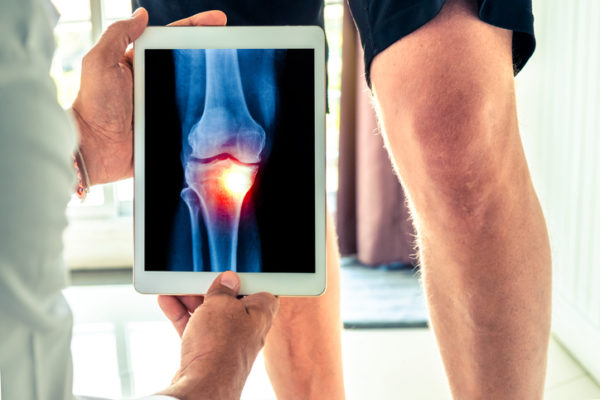
Surgery isn’t the first choice for many patients, but it may be the best way to get pain relief after other options have been exhausted. f you’ve been suffering from knee pain and have tried pain medication, anti-inflammatory injections, therapeutic exercises, and physical therapy with no relief, you're probably looking at surgery as the next possible treatment option.
Signs you may need orthopedic knee surgery
Pain, swelling, loose bone tissue around the kneecap, and bowing of the legs are some of the symptoms you may experience with arthritis or severely damaged knee joints. Here are some other signs that you may need knee surgery:
- Pain that doesn’t improve with other methods. You’ve tried non-surgical methods and your pain only continues to get worse.
- Constant pain, including when you are at rest. Usually, knee pain is most noticeable while walking or exercising. Knee pain can be constant and present while sitting or lying down. That could be an indicator that your condition is worsening.
- Pain that interferes with your daily activities. If pain is getting in the way of your everyday life and daily tasks are difficult, surgery could be the best option.
Another consideration is your activity level. Knee surgery may be a better option than waiting for improvement from other methods if you're a physically active person.
Diagnostic Testing
To determine if you’re a good candidate for surgery, our orthopedist will discuss your pain levels and perform diagnostic tests, such as a physical exam, an MRI, or an arthroscopy (a small camera used to look inside the knee joint). There are different types of orthopedic knee surgery, and based on the results of these tests, our orthopedist will recommend the next steps in your treatment plan.
Knee surgery procedures
There are various approaches for knee surgery, depending on your case. Some common surgeries performed are:
- Arthroscopic surgery. An arthroscope is a small tube that is inserted into the knee joint. A small camera projects an image on a screen to allow the doctor to see inside the joint. The doctor can identify signs of inflammation, loose bone, or torn cartilage. Small tools can be used to repair the joint, cut out any inflamed tissue, and remove loose bone that may be causing pain.
- Complete knee replacement (arthroplasty). A complete knee replacement will be recommended for a knee that is damaged beyond repair. Artificial knee joints can last up to 20 years.
- Partial knee replacement. Your surgeon will only replace the damaged part of your knee.
- Internal fixation. Your surgeon may insert metal rods and plates. This will hold the joint in place, so it can heal properly.
Aftercare
A local or general anesthetic (or both) is used if you undergo surgery. You will need someone to bring you to the hospital and drive you home. If you live alone, it is advisable that you have this person stay with you for the remainder of the day to ensure you are doing well.
A doctor may prescribe you pain medication for the healing process. This can take about three months before you can return to your normal activities. It can take six months and up to a year for the knee's full function to return. Your age and the initial state of your knee prior to surgery can affect the healing time.
The great news is that you'll enjoy long-lasting pain relief once you’re healed. Contact Island Musculoskeletal Care MD, PC to find out if you are a good candidate for orthopedic knee surgery.






















